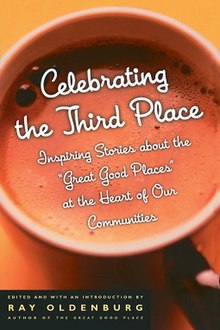The Book of Genesis is the first book of the Hebrew Bible and the Christian Old Testament. Its Hebrew name is the same as its first word, Bereshit. Genesis purports to be an account of the creation of the world, the early history of humanity, and the origins of the Jewish people.

Heart of Darkness is an 1899 novella by Polish-British novelist Joseph Conrad in which the sailor Charles Marlow tells his listeners the story of his assignment as steamer captain for a Belgian company in the African interior. The novel is widely regarded as a critique of European colonial rule in Africa, whilst also examining the themes of power dynamics and morality. Although Conrad does not name the river on which most of the narrative takes place, at the time of writing, the Congo Free State—the location of the large and economically important Congo River—was a private colony of Belgium's King Leopold II. Marlow is given a text by Kurtz, an ivory trader working on a trading station far up the river, who has "gone native" and is the object of Marlow's expedition.
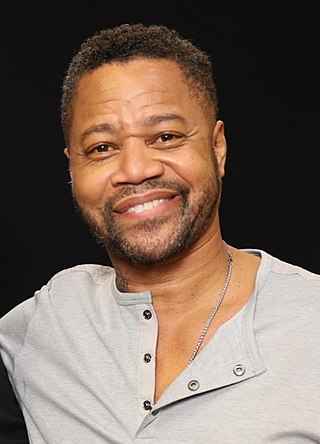
Cuba Mark Gooding Jr. is an American actor. After his breakthrough role as Tre Styles in Boyz n the Hood (1991), he won the Academy Award for Best Supporting Actor playing a football star in Jerry Maguire (1996). His other notable films include Outbreak (1995), As Good as It Gets (1997), What Dreams May Come (1998), Men of Honor (2000), Pearl Harbor (2001), Rat Race (2001), The Fighting Temptations (2003), Radio (2003), American Gangster (2007), The Tuskegee Airmen (1995), The Butler (2013), and Selma (2014). He voiced Buck the Horse in the animated feature film Home on the Range (2004).

The Most Sacred Heart of Jesus is one of the most widely practised and well-known Catholic devotions, wherein the heart of Jesus Christ is viewed as a symbol of "God's boundless and passionate love for mankind". This devotion to Christ is predominantly used in the Catholic Church, followed by high church Anglicans, and some Western Rite Orthodox. In the Latin Church, the liturgical Solemnity of the Most Sacred Heart of Jesus is celebrated the third Friday after Pentecost. The 12 promises of the Most Sacred Heart of Jesus are also popular.

Breslov is a branch of Hasidic Judaism founded by Rebbe Nachman of Breslov (1772–1810), a great-grandson of the Baal Shem Tov, founder of Hasidism. Its adherents strive to develop an intense, joyous relationship with God, and receive guidance toward this goal from the teachings of Rebbe Nachman.
Iranian mythology, or Persian mythology in western term, is the body of the myths originally told by ancient Persians and other Iranian peoples and a genre of ancient Persian folklore. These stories concern the origin and nature of the world, the lives and activities of deities, heroes, and mythological creatures, and the origins and significance of the ancient Persians' own cult and ritual practices. Modern scholars study the myths to shed light on the religious and political institutions of not only Iran but of the Persosphere, which includes regions of West Asia, Central Asia, South Asia, and Transcaucasia where the culture of Iran has had significant influence. Historically, these were regions long ruled by dynasties of various Iranian empires, that incorporated considerable aspects of Persian culture through extensive contact with them, or where sufficient Iranian peoples settled to still maintain communities who patronize their respective cultures. It roughly corresponds to the Iranian Plateau and its bordering plains.

The Anishinaabe are a group of culturally related Indigenous peoples in the Great Lakes region of Canada and the United States. They include the Ojibwe, Odawa, Potawatomi, Mississaugas, Nipissing, and Algonquin peoples. The Anishinaabe speak Anishinaabemowin, or Anishinaabe languages that belong to the Algonquian language family.
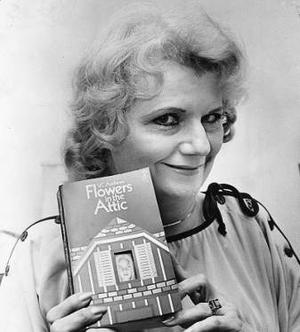
Cleo Virginia Andrews, better known as V. C. Andrews or Virginia C. Andrews, was an American novelist. She was best known for her 1979 novel Flowers in the Attic, which inspired two movie adaptations and four sequels. While her novels are not classified by her publisher as Young Adult, their young protagonists have made them popular among teenagers for decades. After her death in 1986, a ghostwriter who was initially hired to complete two unfinished works has continued to publish books under her name.

Tarjei Vesaas was a Norwegian poet and novelist. Vesaas is widely considered to be one of Norway's greatest writers of the twentieth century and perhaps its most important since World War II.
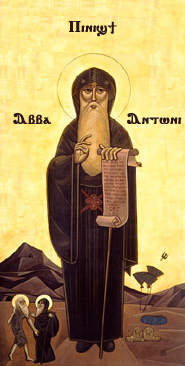
The Desert Fathers were early Christian hermits and ascetics, who lived primarily in the Scetes desert of the Roman province of Egypt, beginning around the third century AD. The Apophthegmata Patrum is a collection of the wisdom of some of the early desert monks and nuns, in print as Sayings of the Desert Fathers. The first Desert Father was Paul of Thebes, and the most well known was Anthony the Great, who moved to the desert in AD 270–271 and became known as both the father and founder of desert monasticism. By the time Anthony had died in AD 356, thousands of monks and nuns had been drawn to living in the desert following Anthony's example, leading his biographer, Athanasius of Alexandria, to write that "the desert had become a city." The Desert Fathers had a major influence on the development of Christianity.
Nicholas Adams is a fictional character, the protagonist of two dozen short stories and vignettes written in the 1920s and 1930s by American author Ernest Hemingway. Adams is partly inspired by Hemingway's own experiences, from his summers in Northern Michigan at his family cottage to his service in the Red Cross ambulance corps in World War I. The first of Hemingway's stories to feature Nick Adams was published in his 1925 collection In Our Time, with Adams appearing as a young child in "Indian Camp", the collection's first story.

Kylie Jane Kwong is an Australian television chef, author, television presenter and restaurateur.
The Mammoth Trilogy is a series of books by hard science fiction author Stephen Baxter. The books in it were published between 1999 and 2001. It contains the novels Silverhair, Longtusk and Icebones.
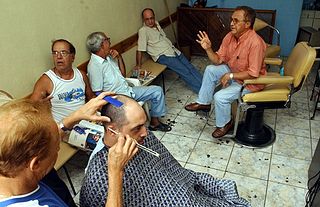
In sociology, the third place refers to the social surroundings that are separate from the two usual social environments of home and the workplace. Examples of third places include churches, cafes, bars, clubs, libraries, gyms, bookstores, hackerspaces, stoops, parks, theaters, among others. In his book The Great Good Place (1989), Ray Oldenburg argues that third places are important for civil society, democracy, civic engagement and establishing feelings of a sense of place.

The Great Good Place is a book by Ray Oldenburg, published in 1989 and reprinted in 1997 and 1999. The first edition had the subtitle "Cafes, Coffee Shops, Community Centers, General Stores, Bars, Hangouts, and How They Get You through the Day", but reprints changed it to "Cafés, Coffee Shops, Bookstores, Bars, Hair Salons and Other Hangouts at the Heart of a Community."
Ray Oldenburg was an American urban sociologist who is known for writing about the importance of informal public gathering places for a functioning civil society, democracy, and civic engagement. He coined the term "third place" and is the author of The Great Good Place and the 2001 Celebrating The Third Place.
William John Kowalski III is an American-Canadian novelist and screenwriter. He is the author of Eddie's Bastard (1999), Somewhere South of Here (2001), The Adventures of Flash Jackson (2003), and The Good Neighbor (2004).
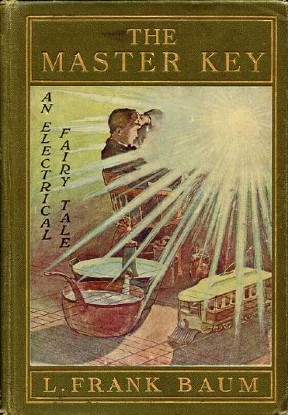
The Master Key: An Electrical Fairy Tale, Founded Upon the Mysteries of Electricity and the Optimism of Its Devotees is a 1901 novel by L. Frank Baum, author of The Wonderful Wizard of Oz. It was illustrated by F. Y. Cory.

Desert Mothers is a neologism, coined in feminist theology as an analogy to Desert Fathers, for the ammas or female Christian ascetics living in the desert of Egypt, Palestine, and Syria in the 4th and 5th centuries AD. They typically lived in the monastic communities that began forming during that time, though sometimes they lived as hermits. Monastic communities acted collectively with limited outside relations with lay people. Some ascetics chose to venture into isolated locations to restrict relations with others, deepen spiritual connection, and other ascetic purposes. Other women from that era who influenced the early ascetic or monastic tradition while living outside the desert are also described as Desert Mothers.
The Tirukkural, shortly known as the Kural, is a classic Tamil sangam treatise on the art of living. Consisting of 133 chapters with 1330 couplets or kurals, it deals with the everyday virtues of an individual. Authored by Valluvar between the first century BCE and 5th century CE, it is considered one of the greatest works ever written on ethics and morality and is praised for its universality and non-denominational nature.
